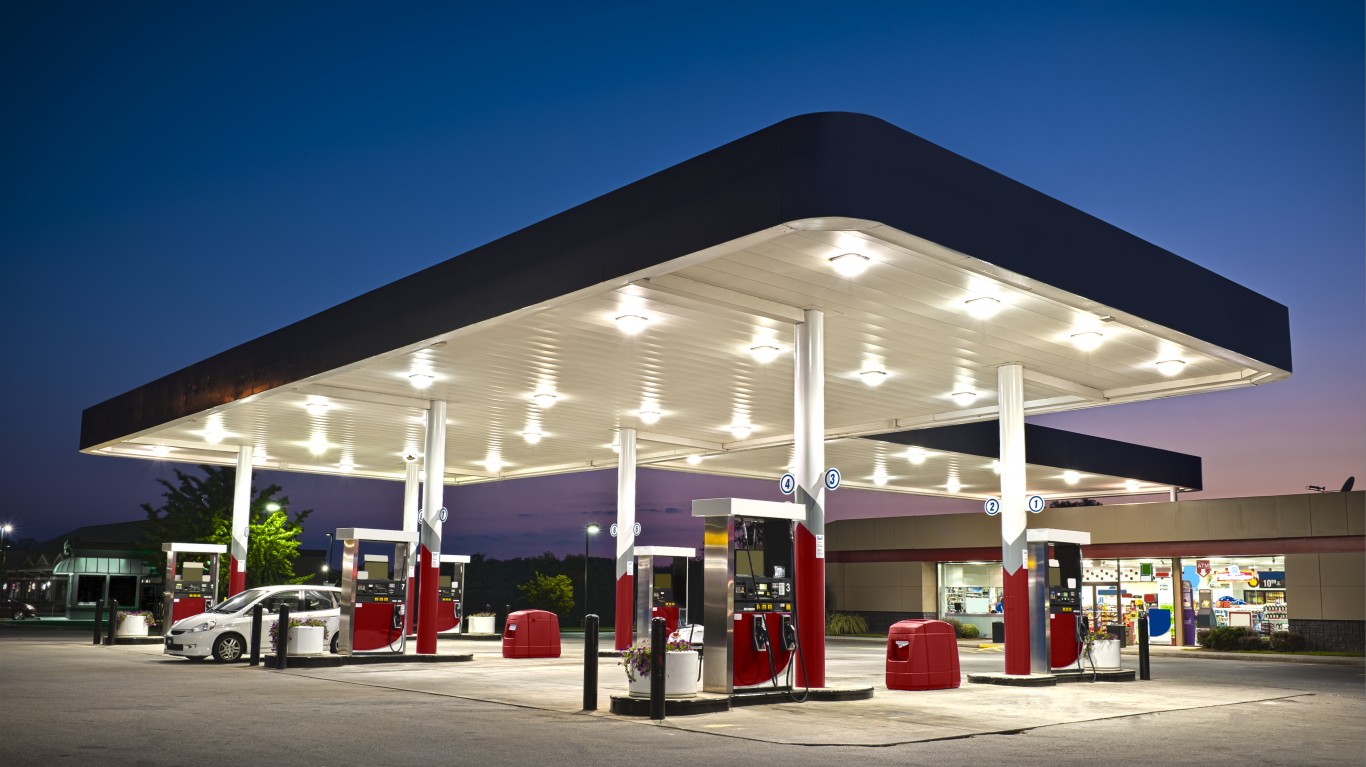
The price of oil has started to rise from early September levels. During the first week of last month, they were about $36 a barrel. That has risen to almost $41 recently. The price of gasoline has increased with it and is nearly $2.20 per gallon on average across the country. However, in 17 states, the price of gas is less than $2 a gallon, and in some below $1.90.
Almost all the states with low gas prices are adjacent to the Gulf of Mexico and the large refineries southeast of Houston, or they share common borders with those states. They form a horseshoe on Texas, north to Missouri and as far east as Tennessee. Proximity to the refineries lowers transportation prices.
A countervailing force to proximity is that refinery capacity is down. Refiners mostly have throttled back as the pandemic has slowed auto travel. That traffic has increased since Labor Day, and commuter traffic in some cities is back to near normal. However, car travel declines overall in the winter months, when fewer people travel — with the exception of around Thanksgiving and Christmas.
The final large component to gas prices is the level of taxes and levies per state per gallon. This tends to be lowest in the southern and large oil-producing states. The national average is $0.5478 per gallon. In Mississippi, Oklahoma, Arkansas, Texas and Louisiana, the number is under $0.40.
These 17 states have average gas prices for a gallon of regular under $2.
| State | Price per Gallon |
|---|---|
| Oklahoma | 1.822 |
| Mississippi | 1.823 |
| Texas | 1.827 |
| Arkansas | 1.849 |
| Louisiana | 1.860 |
| Missouri | 1.865 |
| South Carolina | 1.875 |
| Alabama | 1.888 |
| Tennessee | 1.913 |
| Kansas | 1.942 |
| Wisconsin | 1.945 |
| Kentucky | 1.970 |
| Georgia | 1.981 |
| Ohio | 1.988 |
| Minnesota | 1.990 |
| New Mexico | 1.991 |
| North Carolina | 1.991 |
Take Charge of Your Retirement In Just A Few Minutes (Sponsor)
Retirement planning doesn’t have to feel overwhelming. The key is finding expert guidance—and SmartAsset’s simple quiz makes it easier than ever for you to connect with a vetted financial advisor.
Here’s how it works:
- Answer a Few Simple Questions. Tell us a bit about your goals and preferences—it only takes a few minutes!
- Get Matched with Vetted Advisors Our smart tool matches you with up to three pre-screened, vetted advisors who serve your area and are held to a fiduciary standard to act in your best interests. Click here to begin
- Choose Your Fit Review their profiles, schedule an introductory call (or meet in person), and select the advisor who feel is right for you.
Why wait? Start building the retirement you’ve always dreamed of. Click here to get started today!
Thank you for reading! Have some feedback for us?
Contact the 24/7 Wall St. editorial team.




